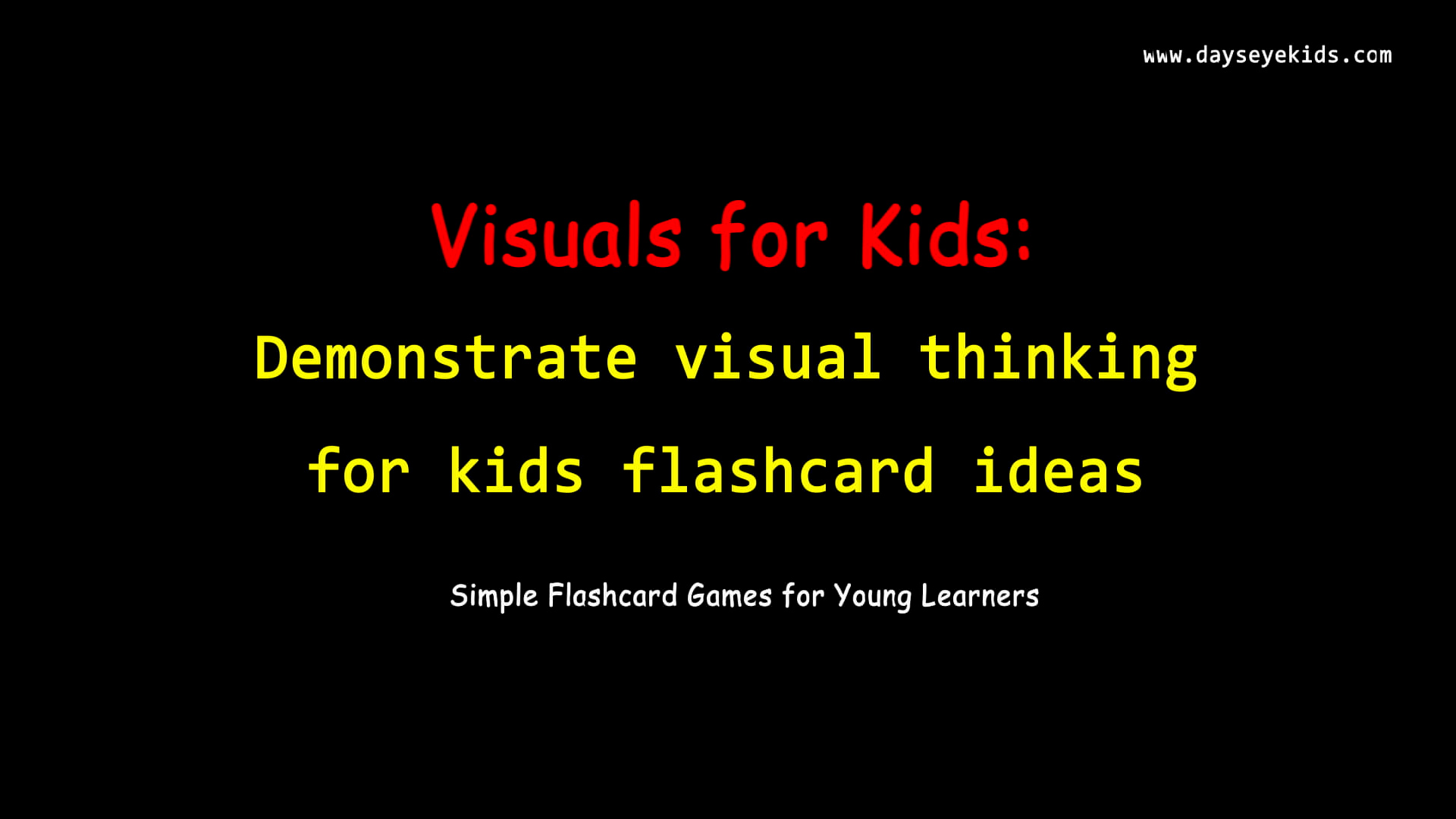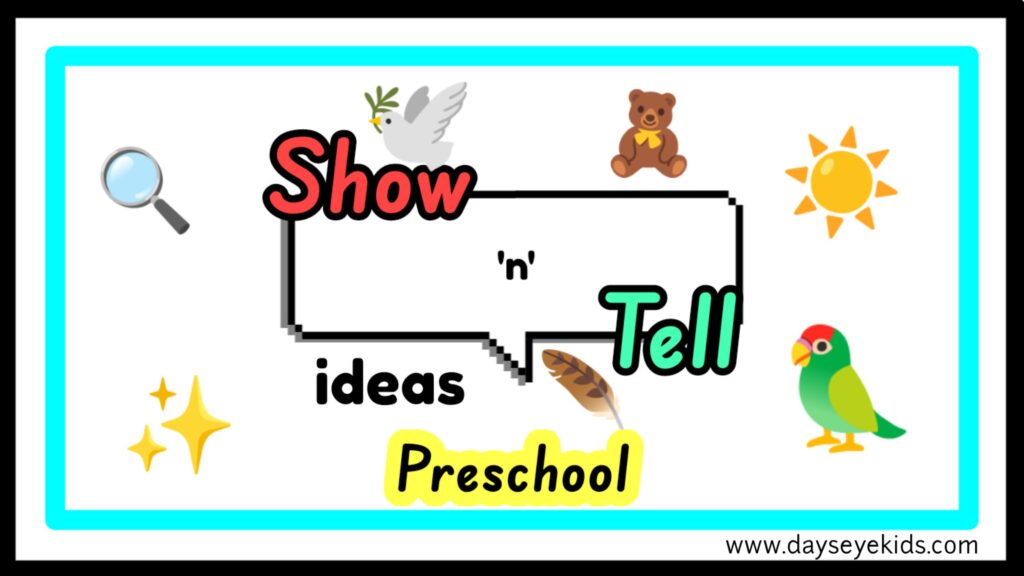30 Simple Flashcard Games Your Kindy Kids Will Love
Here are some imaginative flashcard suggestions for kids that encourage visual thinking:
1. Daily Routine: Make flashcards outlining the various things a kid does during the course of the day, such as getting out of bed, eating breakfast, playing, and going to bed. This can aid in their comprehension of daily schedules and time management.
2. Body Parts Identification: Create flashcards with various body parts depicted on them, and instruct children to point to each body part as they learn its name.
3. Alphabet Adventure: Create flashcards for each letter of the alphabet that feature a person, place, or thing that begins with that letter. The characters from the flashcards can be used by children to write imaginative stories.
4. Emotion Faces Matching: Create flashcards with various facial expressions that represent various emotions, such as happiness, sadness, surprise, and anger. To foster emotional intelligence, children can match the face to the word that describes the emotion.
5. Nature Exploration: Use flashcards to teach children about the world around them by using nature exploration activities that feature a variety of plants, animals, and natural settings.
6. Story Sequencing: Create flashcards that show the events of a story in order. Kids can put them in the right order, which will help them become better storytellers.
7. Counting Cards: Flashcards with objects that stand in for numbers can be used as counting cards. For instance, five apples on one card for the number 5; ten stars on another card for the number 10; and so forth.
8. Opposite Actions: Develop flashcards with contrasting actions, such as “jump” and “sit,” to help children comprehend opposing ideas through visual representation.
9. Shape Recognition: Create a set of flashcards with a variety of shapes on them, and have children name and identify each one.
10. Shape Puzzles: Simple shape flashcards can be made into puzzles by cutting them into pieces. In order to complete the shape, kids can arrange the pieces, which encourages spatial awareness and problem-solving.
11. Interactive Shapes: Using cut-out shapes that fit together like a puzzle, make interactive flashcards. Children can combine them to create simple scenes, objects, or animals.
12. Shapes in Real Life: Create flashcards that show actual objects that resemble various shapes, such as a round clock or a rectangular book. Children are able to recognize the shapes around them.
13. Shape and Color Matching: Make flashcards with various shapes and colors for a game of shape and color matching. Children can match the shapes to the corresponding colors to improve their shape recognition and color recognition skills.
14. Colorful Images: Use vibrant and appealing images to represent ideas, numbers, or letters. An apple with the letter “A” written next to it might be on a flashcard for the letter “A,” for instance.
15. Alphabet Animals: Animals that begin with each letter of the alphabet are used as flashcards to introduce each letter (e. g. A stands for alligator and B for bear).
16. Pictorial Math: To help children understand fundamental arithmetic concepts, create flashcards that use pictures of objects to illustrate simple math problems.
17. Number Bonds: Create flashcards with illustrations of number bonds to demonstrate how fractions of a number can be broken up. Concepts for addition and subtraction are visual for children to understand.
18. Weather Cards: Make flashcards that depict various weather conditions, such as cloudy, sunny, rainy, and snowy. Children can learn about weather patterns and how to dress for them.
19. Seasons and Holidays: Make flashcards that feature images from various holidays and scenes from each season to help children learn to associate particular images with particular times of the year.
20. Seasons Changing: Create flashcards with images of the changing seasons, such as trees with leaves in the spring, summer, and fall, and barren branches in the winter. The visual cues that are associated with each season are understandable to children.
21. Animal Sounds: Make flashcards that feature different animals and the sounds they make. Children can mimic the sounds, which makes learning about animals enjoyable and interesting.
22. Fruit and Vegetable Market: Make flashcards featuring vivid illustrations of fruits and vegetables to aid children in identifying various produce and comprehending healthy food options.
23. Transportation Modes: Create flashcards that show off various modes of transportation, including automobiles, trains, planes, and bicycles. Children can learn about different modes of transportation.
24. Time Telling: Create flashcards that depict various clock times using both digital and analog clocks for time telling. Kids can learn to tell time and connect the positions of the clock hands with the corresponding digital time.
25. Counting Fingers: Make flashcards with drawings of hands that have various numbers of raised fingers. Kids can count the fingers and speak the corresponding number out loud.
26. Action Verbs: Create flash cards featuring a variety of action verbs, such as running, jumping, reading, and singing. While learning the meanings of the verbs, children can perform them.
27. Community Helpers: Create flashcards with images of various community members, such as teachers, doctors, firefighters, and police officers. Children can learn about various professions and their social functions.
28. Time Travel: Make flashcards that depict scenes from various historical eras, including the space age, the medieval era, and ancient civilizations. Children can explore various eras and learn about history.
29. Rhyme Time: A cat and a hat, a sun and a bun, and other objects that rhyme can be featured on flashcards during rhyme time. With the aid of these visual cues, children can practice recognizing rhymes.
30. Science Experiments: Make flashcards with easy science experiments using everyday items, like combining vinegar and baking soda. These experiments are simple enough for children to try at home while learning the fundamentals of science.
31. Sight Words Safari: Use animal illustrations and vibrant backgrounds to make flashcards with common sight words. Children can practice reading the words and make connections between them and the animals they see.
32. Animal Habitats: Create flashcards that show off various animal habitats, such as the jungle, ocean, desert, and arctic. Children can discover various habitats and the creatures that live there.
To hold children’s attention and make learning fun and effective, always use vivid colors, distinct images, and age-appropriate themes. Flashcards that promote visual thinking can pique children’s imaginations, sharpen their minds, and instill a passion for learning.


